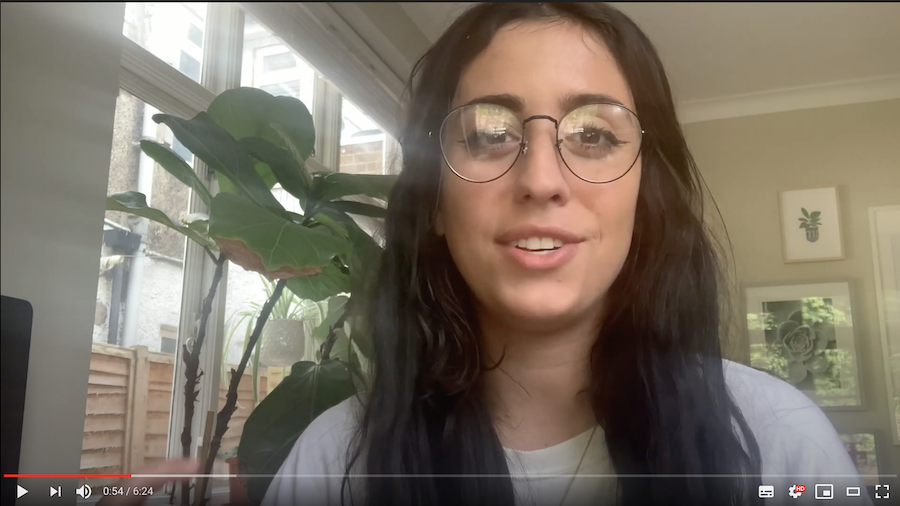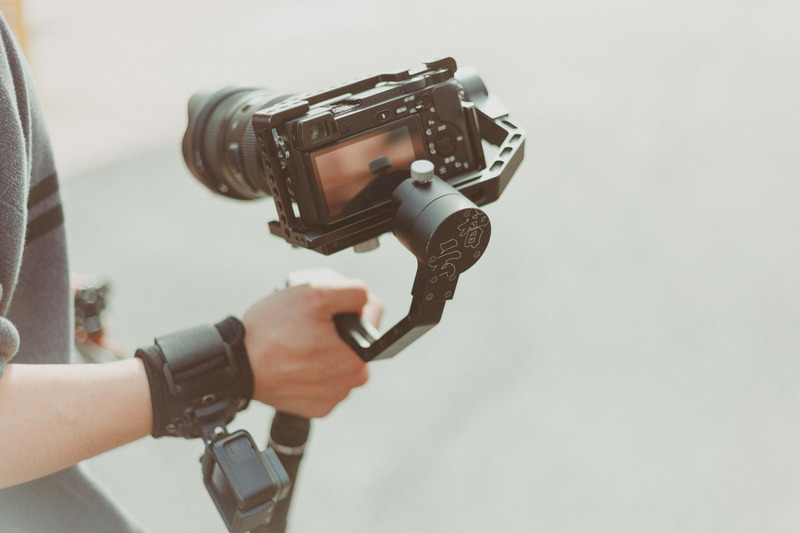
Addie Bryant
Video Content Producer
Having 7 years of marketing experience under her belt, specialising in video production and editing and social media strategy, Addie offers a unique perspective to digital marketing.

What’s up filmmakers, it’s your girl Addie from Base Creative here in London. I hope you enjoyed our video, 5 Mistakes Every Beginner Filmmaker Makes. I will be diving into detail on all the talking points I touched upon in the video. So buckle up! Here we go…
It’s the morning of a big project and as you run through your mental checklist, everything seems to be in order. You arrive at the venue and jump right into filming and let’s just say you don’t playback any footage right away… you’re in the zone. And as the day goes on and you’re capturing really great footage, so you decide to playback some clips and this appears…

And then you start to embark on a feeling very similar to this…
Now, as much as I would love to tell you that there is a way to retrieve all the incredible footage you just took, I cant. Unfortunately, your footage is lost. But what I can offer you, is a mental checklist that has worked wonders for me in preparing for a successful shoot.
1.Charge all equipment, stabilizers, drone, batteries the night before 2. Make sure switches are on and lights come on and are shining green 3. Download all footage from the previous project onto your desktop and store appropriately 4. REFORMAT YOUR SIM CARD
For Sony cameras, this is what should appear. **Now if you have downloaded all the footage from the previous project, then you should be fine to go ahead and press enter. Make sure you achieve #3 before pressing enter!

Next, your SIM card will start to reformat. This should take 10-15 seconds.
Okay friends, now this is a big one. “Lighting will either be your best friend or your worst enemy”. Remember me saying this in the video? Well, I sure meant it. There’s this whole notion of capturing bright and airy photos but the trick to achieving this dreamy concept is not by shooting in direct sunlight. I know… made no sense to me when I was first starting out either but let me explain. If you shoot in the brightest times of the day, your footage will be overexposed and may cause a lens flare. Thus, try to shot at dawn and or dusk, as those are particularity good times to shoot. This is called the “golden hour”… adopt it, love it, own it.
It’s important to note, make sure the lighting is facing your subject and not behind. Everyone is familiar with those ring lights that YouTubers use yeah? Well, that’s because it brightens up the subject matter. Lighting behind will only wash out the subject and cause a grainy fade.
Overexposed shot:

Properly exposed shot:

If you work for a creative marketing agency, or you’re a freelance cinematographer it is really important to understand the size/scope of the project and more importantly, your client’s needs. Ask yourself these following questions before you arrive at the venue.
1. Who is the audience? 2. What is my client trying to achieve? What is the goal behind this video? 3. Is it informative? Promotional? Editorial? Cinematic? 4. What types of lenses should I bring to achieve this type of video? Wide zoom lens? Focal lens? 5. Is it going to be an indoor venue? Outdoor? Do I need indoor lighting equipment?
These are just a handful of really usefully questions to ask yourself because ultimately they determine how you will be shooting and what you will be shooting with ie. types of lenses. Aside from preparing for a successful shoot with the proper technical equipment, its important to understand your clients needs so you deliver a piece that is of their expectation.
You’re just starting out, you’re just now figuring out ISO and other camera settings and the last thing you are thinking of is this bulky piece of equipment that you have no idea what it’s used for.

Well, I’ll tell you what it is used for. This is a stabilizer. This will provide all the gorgeous smooth shots you need to achieve a professional cinematic piece. When you’re just starting out, you’re trying to figure out the best angels, movements, transitions etc. But it’s not until you hit that playback button where you see that really cool movement shoot is shaky as hell. That’s normal. No action shots have ever been able to smooth without a stabilizer. This contraption is every cinematographer’s go to, as it will allow you to capture some really in-depth movements without giving the viewer a headache. My recommendation to you. Invest in a stabilizer and you will see a night and day difference in your footage, offering a higher value to your clients.

Video Content Producer
Having 7 years of marketing experience under her belt, specialising in video production and editing and social media strategy, Addie offers a unique perspective to digital marketing.
View my other articles and opinion pieces below
If you’ve clicked to view this blog that means you have an interest in growing your marketing strategy for LinkedIn but you are perhaps stuck on where to begin. Not to worry! These 6 steps are the bread and butter for what I believe can be incorporated into a successful LinkedIn campaign that will generate the results you are looking for.